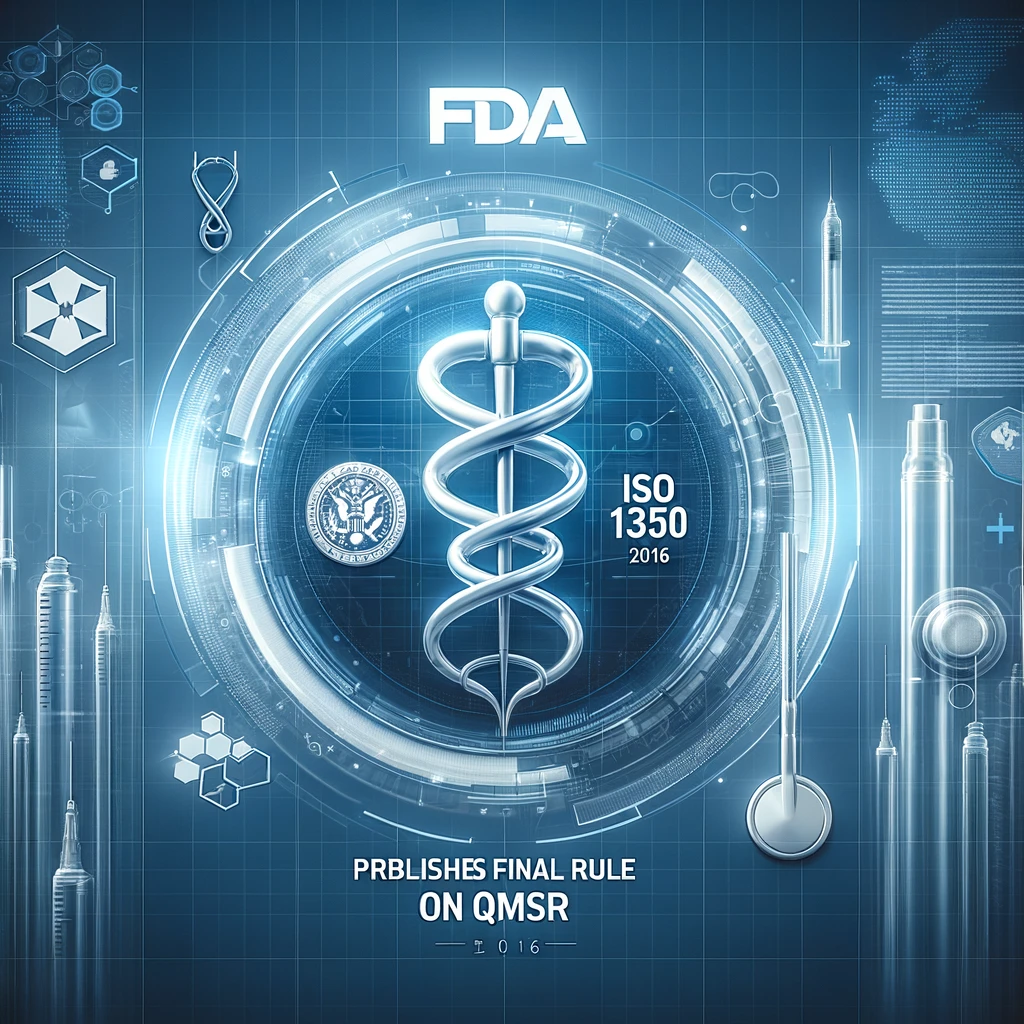The FDA has announced a new rule that aligns the U.S. Quality System Regulation (QSR) under 21 CFR Part 820 with the international standard ISO 13485, which is widely used for medical device quality management systems. This harmonization, referred to as the Quality Management System Regulation (QMSR), is set to be effective from February 2, 2026. Medical device manufacturers must start preparing now to comply with the new regulations by the 2026 deadline.
The Tennessee Manufacturing Extension Partnership (TMEP) is here to help you with training programs, consultation services, resource provision, and audit support. Contact your Solutions Consultant to get started on this journey to ISO 13485 compliance.
Benefits for Companies. The new QMSR aims to reduce the complexity and administrative burden associated with complying with multiple quality systems. By aligning with ISO 13485, the QMSR creates a more cohesive framework that promotes global harmonization. This alignment will facilitate easier access to international markets and improve the overall quality management by integrating comprehensive risk management practices throughout the product life cycle. These practices are expected to enhance the safety and effectiveness of medical devices, thus meeting international standards more seamlessly.
Preparatory Actions for Companies. Medical device manufacturers must start preparing now to comply with the new regulations by the 2026 deadline.
Key steps include:
- Familiarization with ISO 13485: Companies not yet aligned with ISO 13485 should familiarize themselves with its requirements and principles, as these will form the backbone of the revised Part 820.
- Risk Management Integration: The QMSR emphasizes risk management throughout the device lifecycle, beyond just the design phase. Companies should document and maintain robust risk management processes.
- Updating Quality Systems: Firms must update their quality management systems to include the new and revised terms and definitions introduced in the QMSR and ensure that their systems are in full compliance with the integrated ISO standards.
- Training and Internal Audits: Conducting comprehensive training sessions for staff on the changes and enhancing internal audit processes to cover the new requirements will be crucial.
TMEP can play a pivotal role in aiding manufacturers through this transition by providing:
- Training Programs: Offering workshops and training sessions to educate on ISO 13485 and the new QMSR requirements.
- Consultation Services: Providing expertise to help companies revise and implement quality management systems that comply with the new regulations.
- Resource Provision: Offering tools and resources that can assist in the documentation and process adjustment needed to meet the new standards.
- Audit Support: Helping companies prepare for compliance audits under the new QMSR by offering mock audits and feedback sessions.
This regulatory update is significant as it marks the first major revision to the FDA’s quality system regulations for medical devices since 1996. The changes aim to simplify global regulatory compliance and improve device quality and safety, ultimately benefiting manufacturers, healthcare providers, and patients alike. By taking proactive steps now, manufacturers can ensure a smooth transition to the new QMSR and capitalize on the opportunities it presents for global market access and enhanced product quality.

